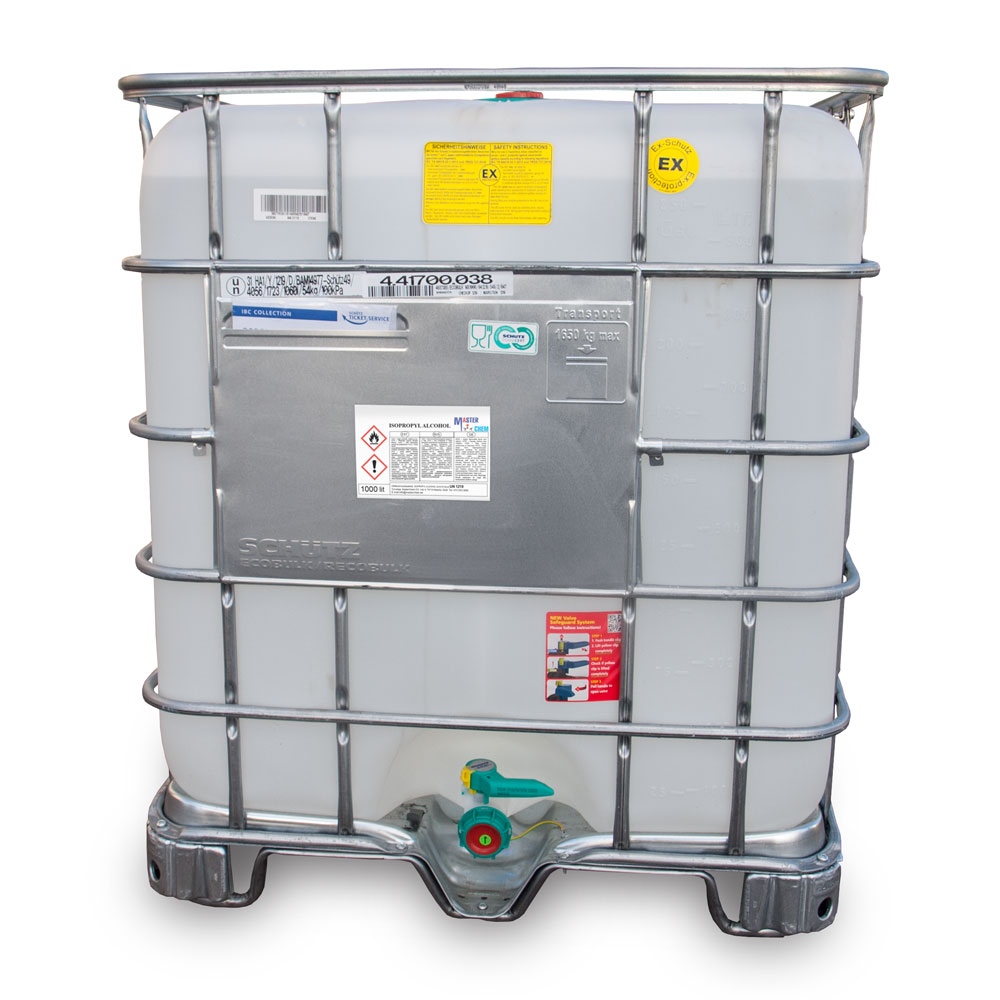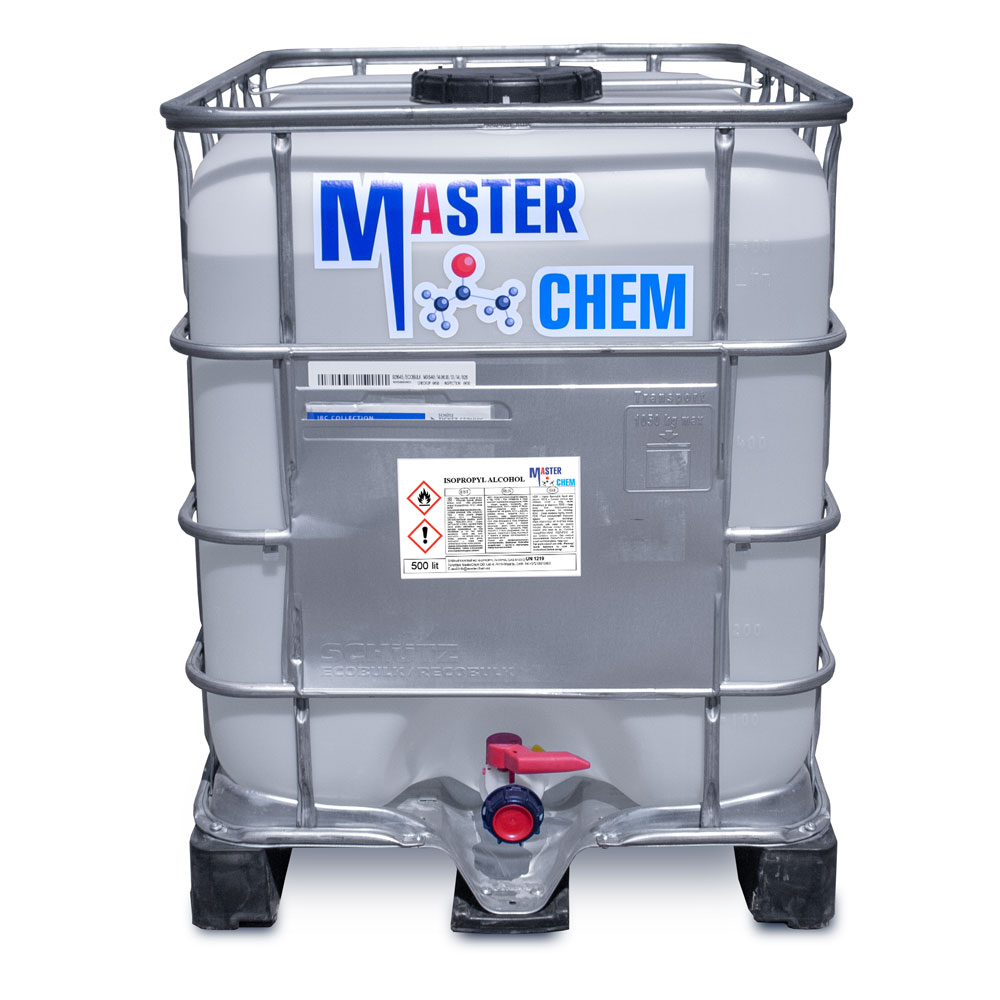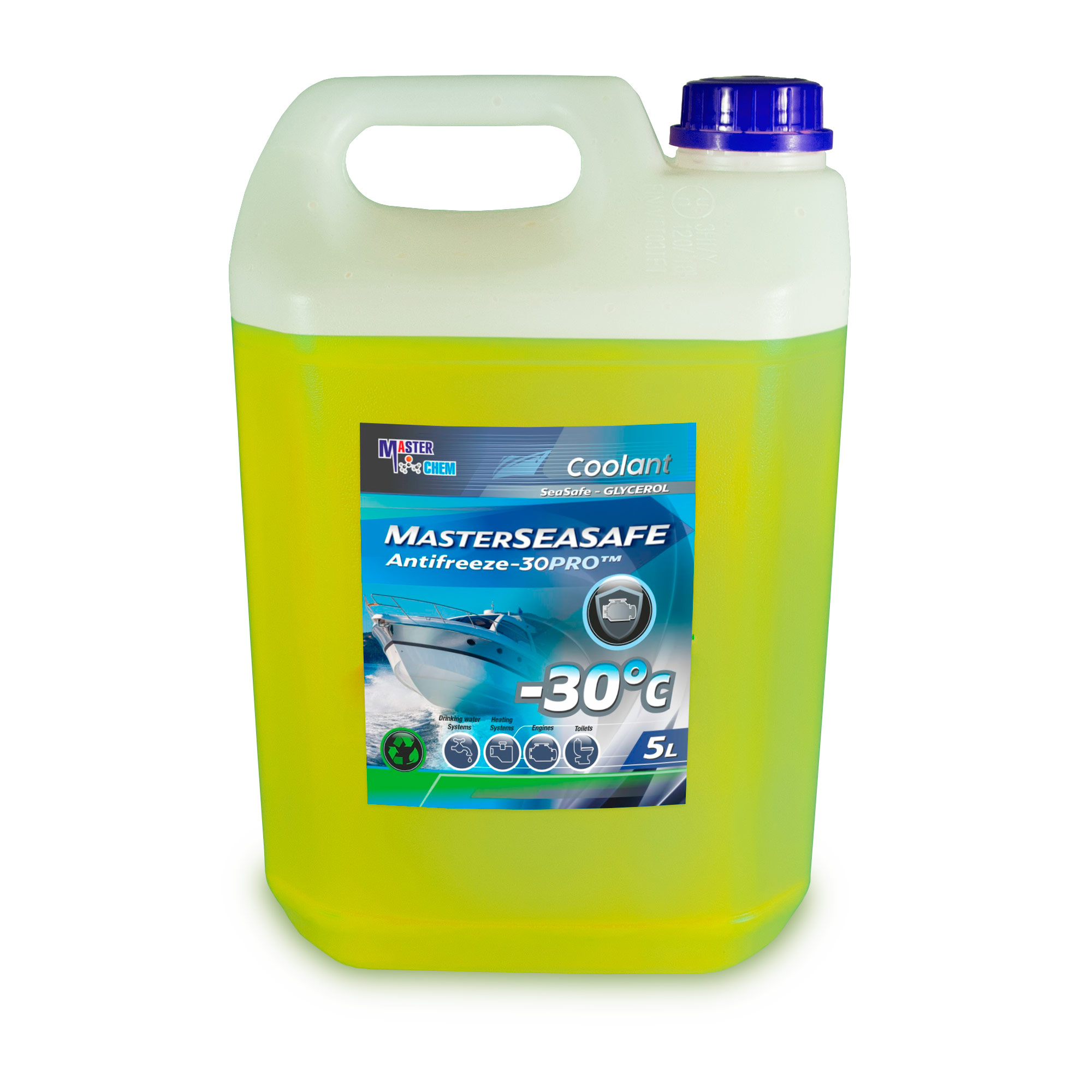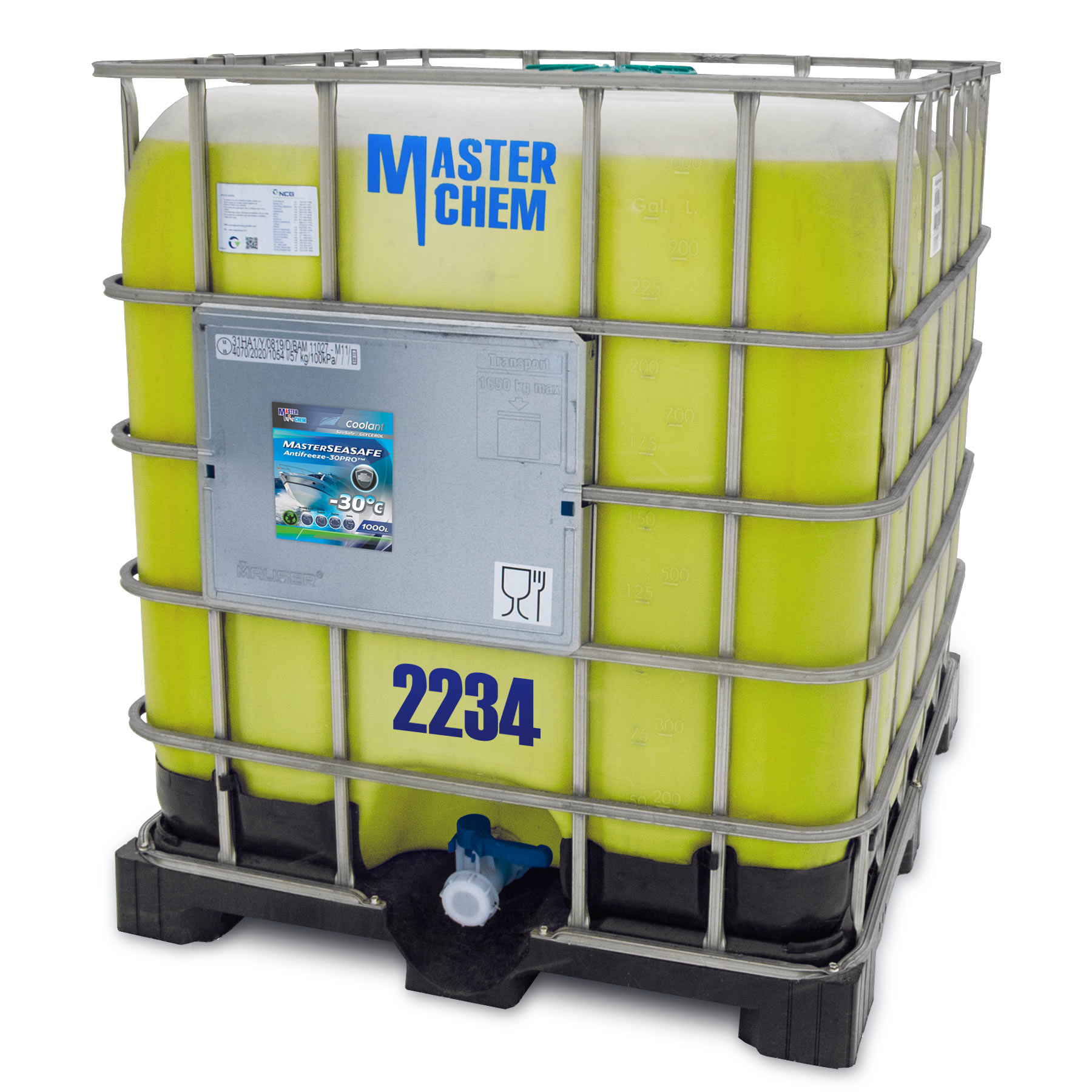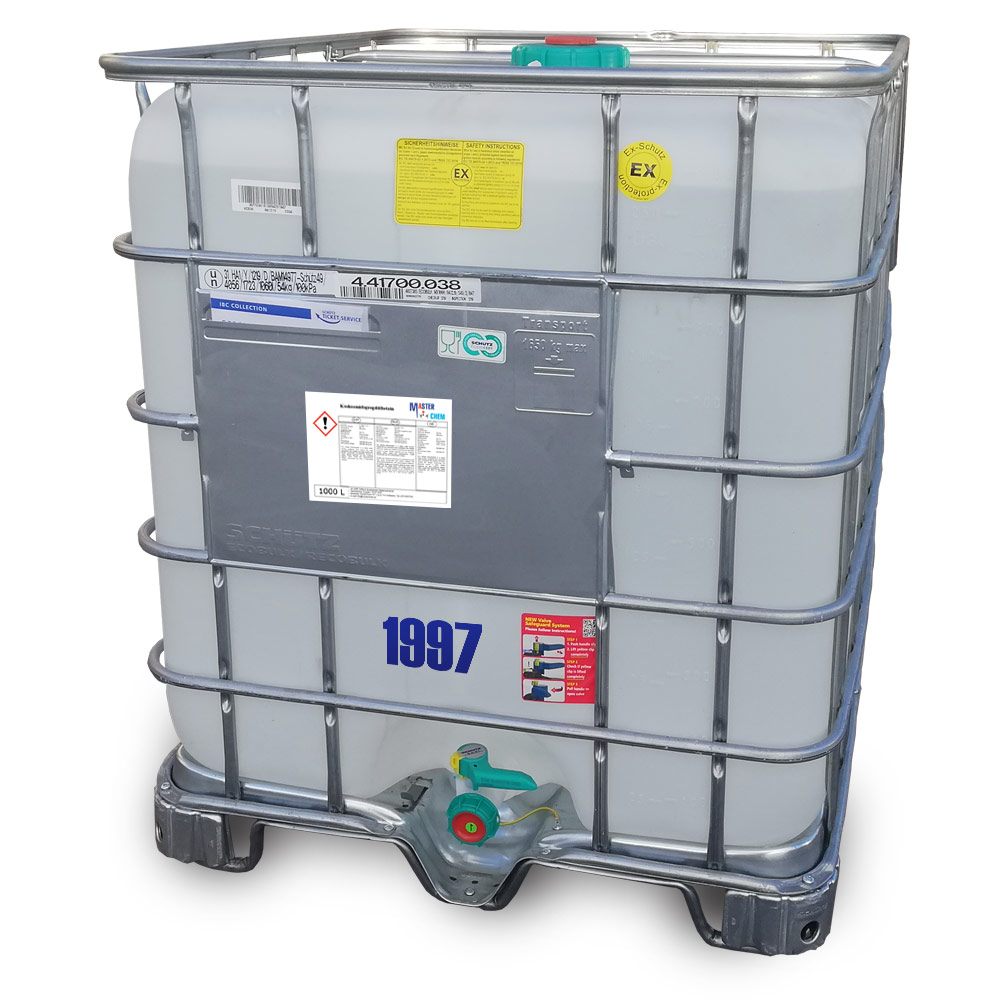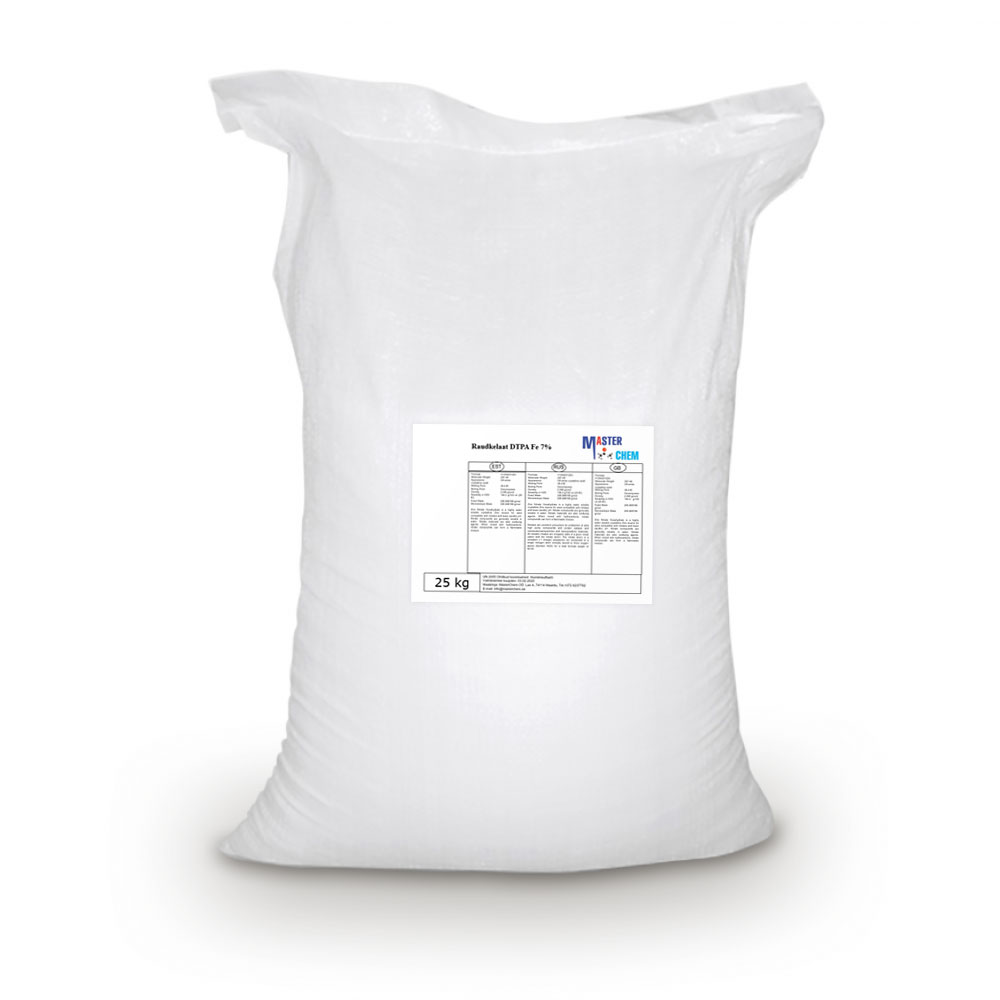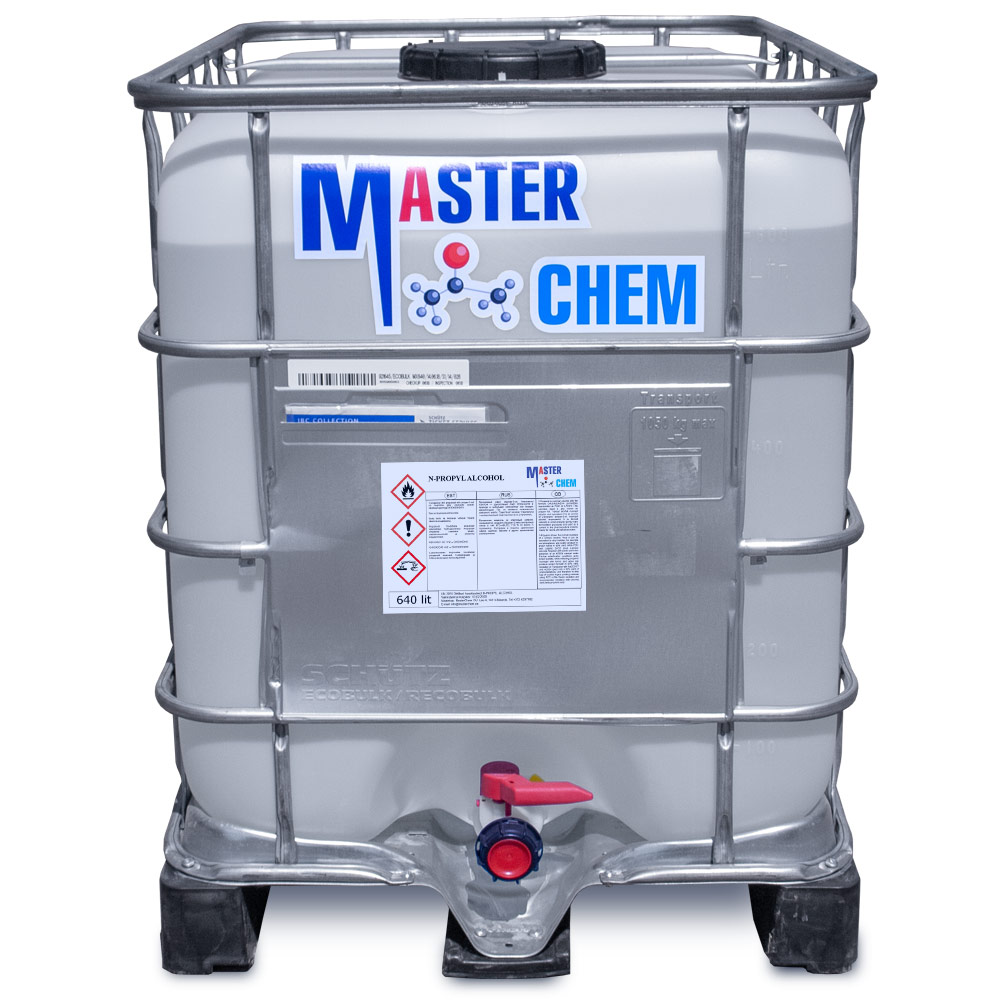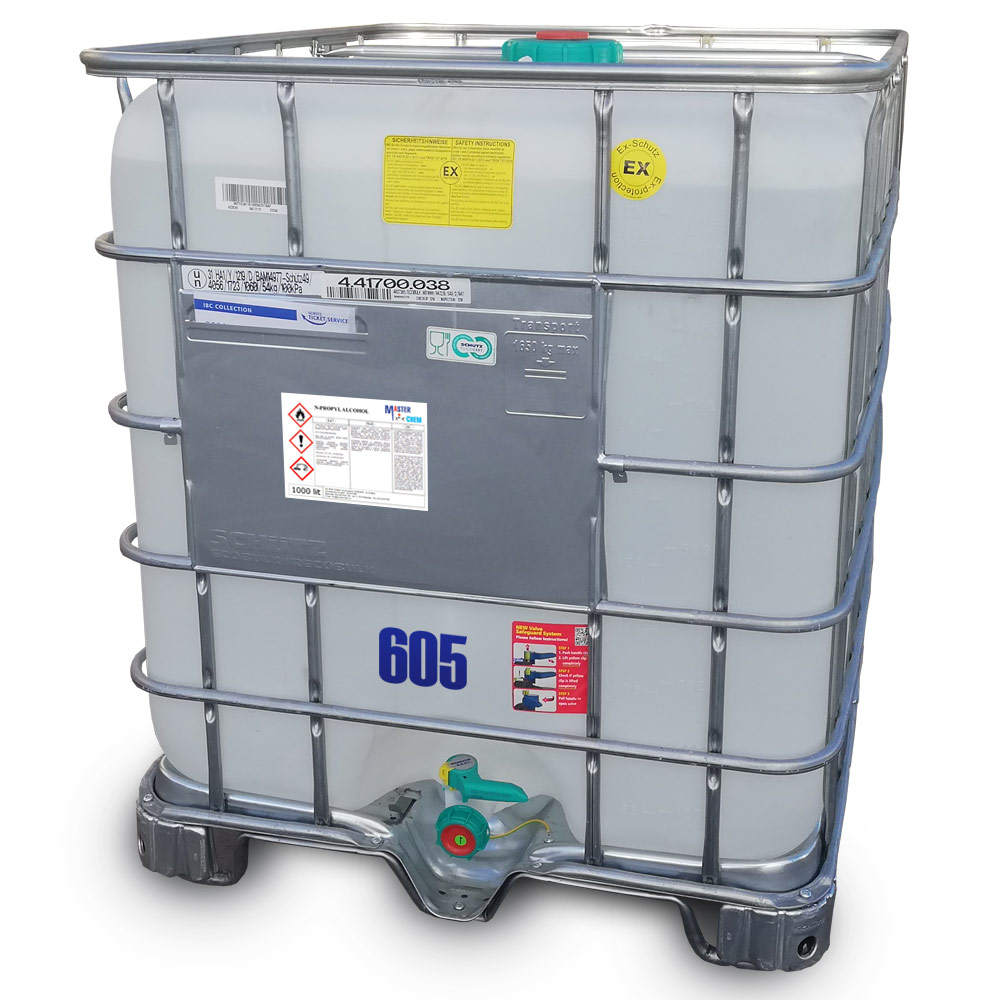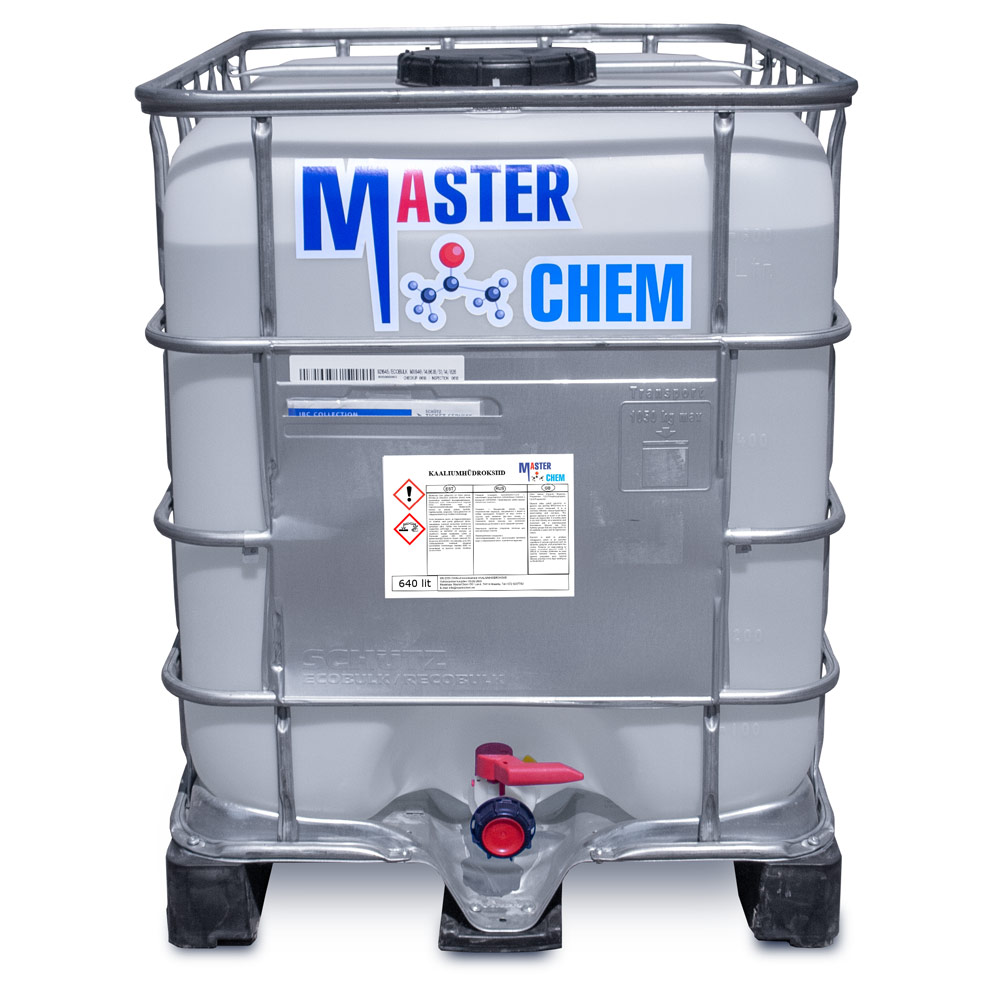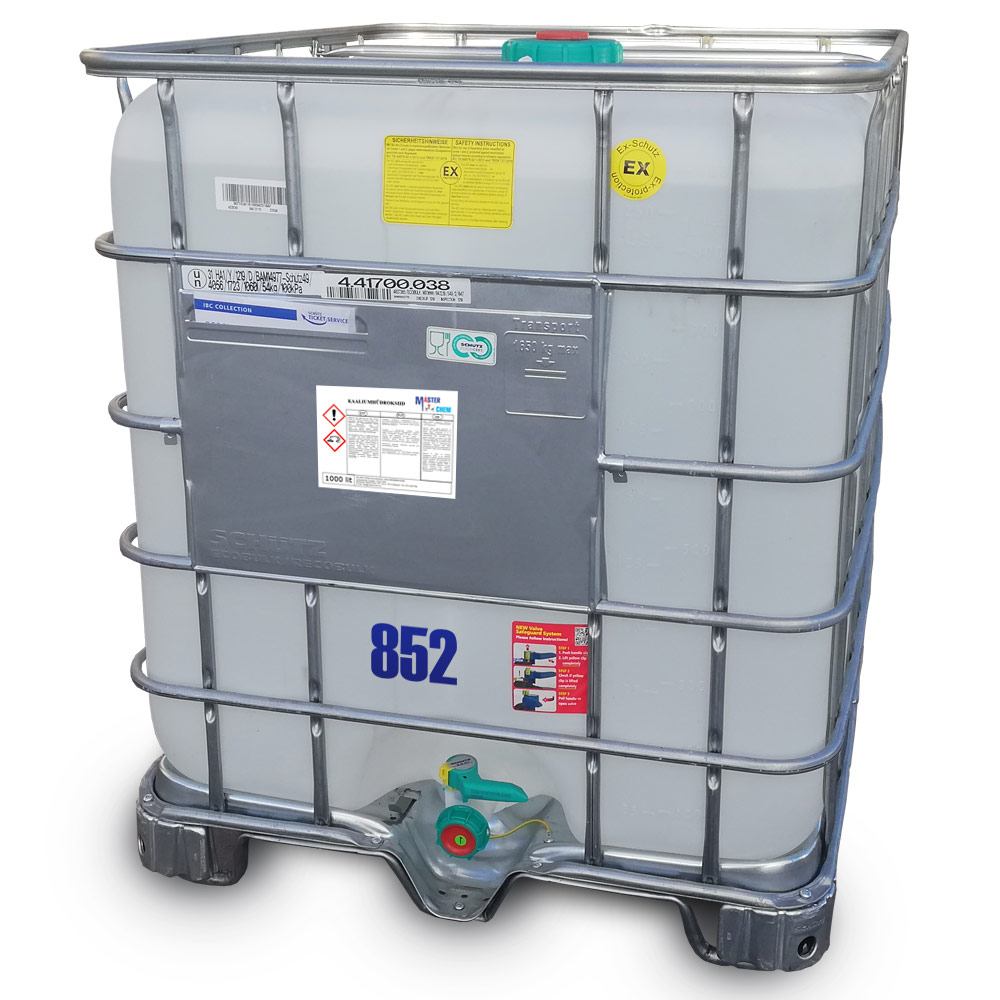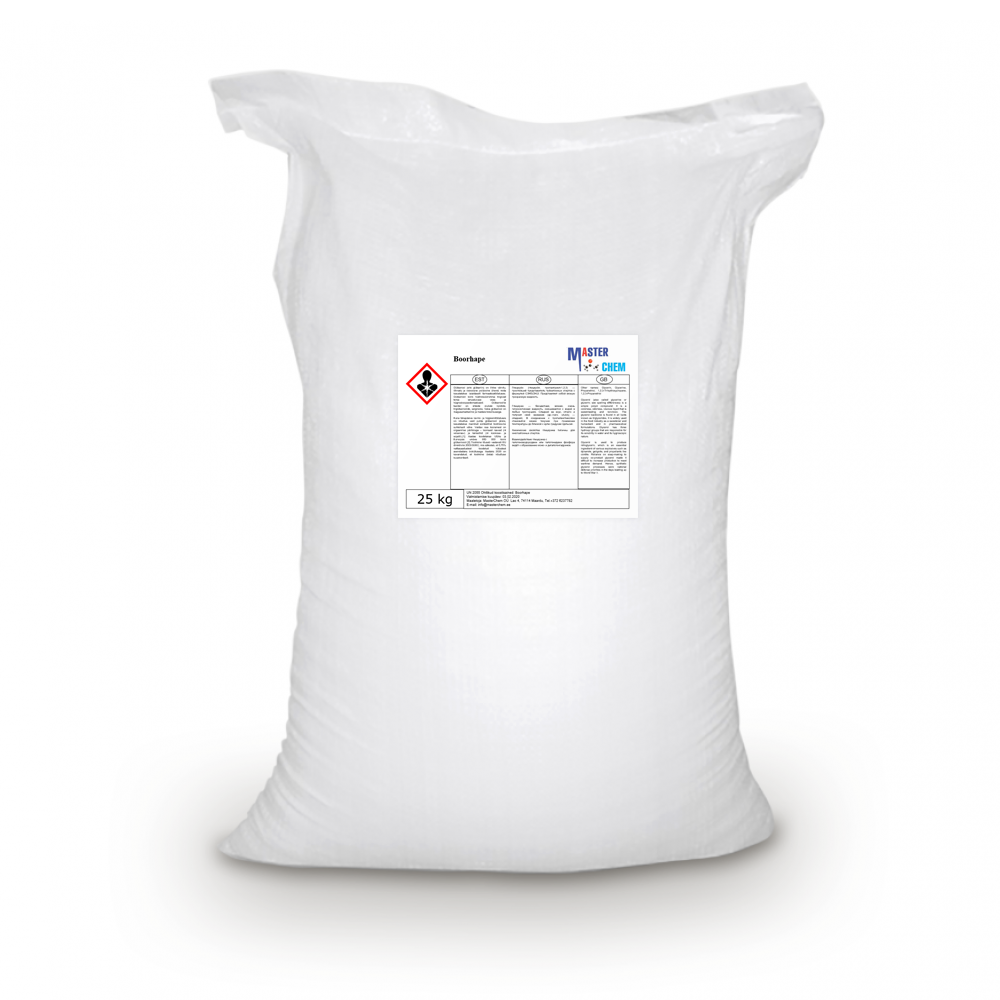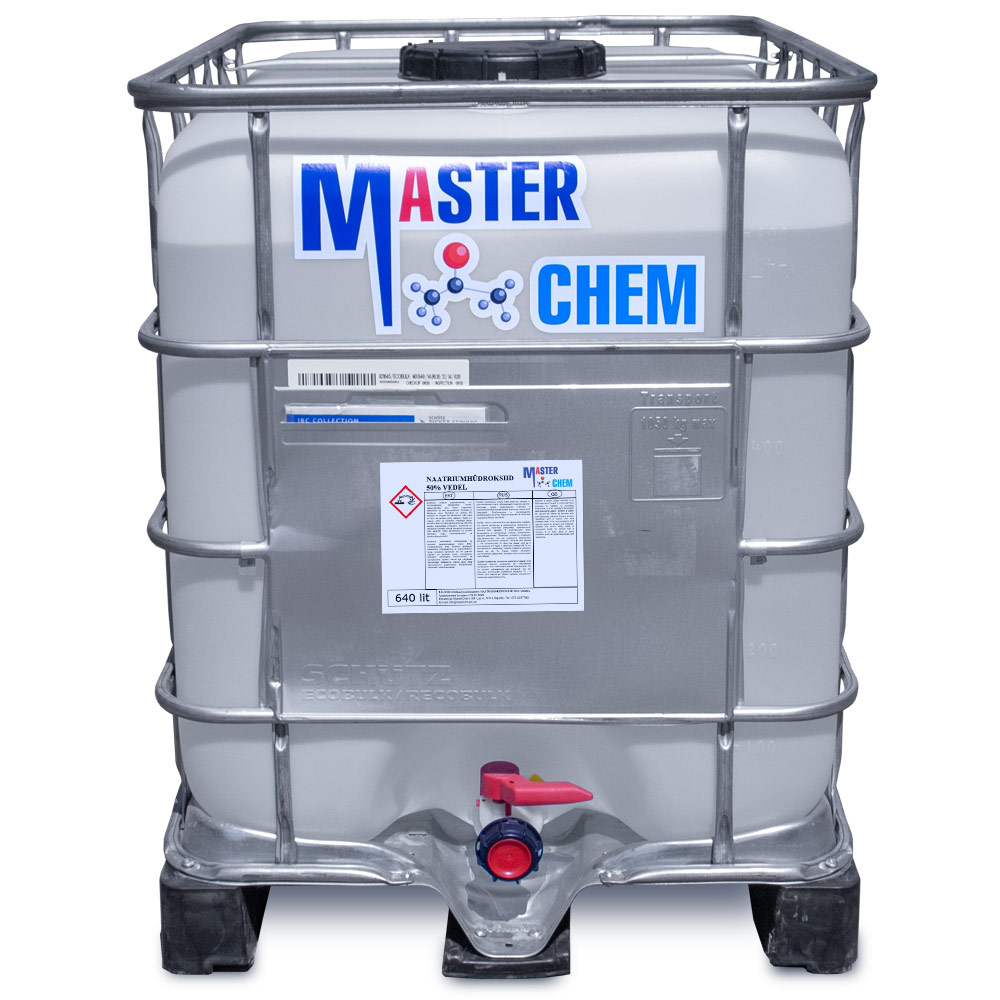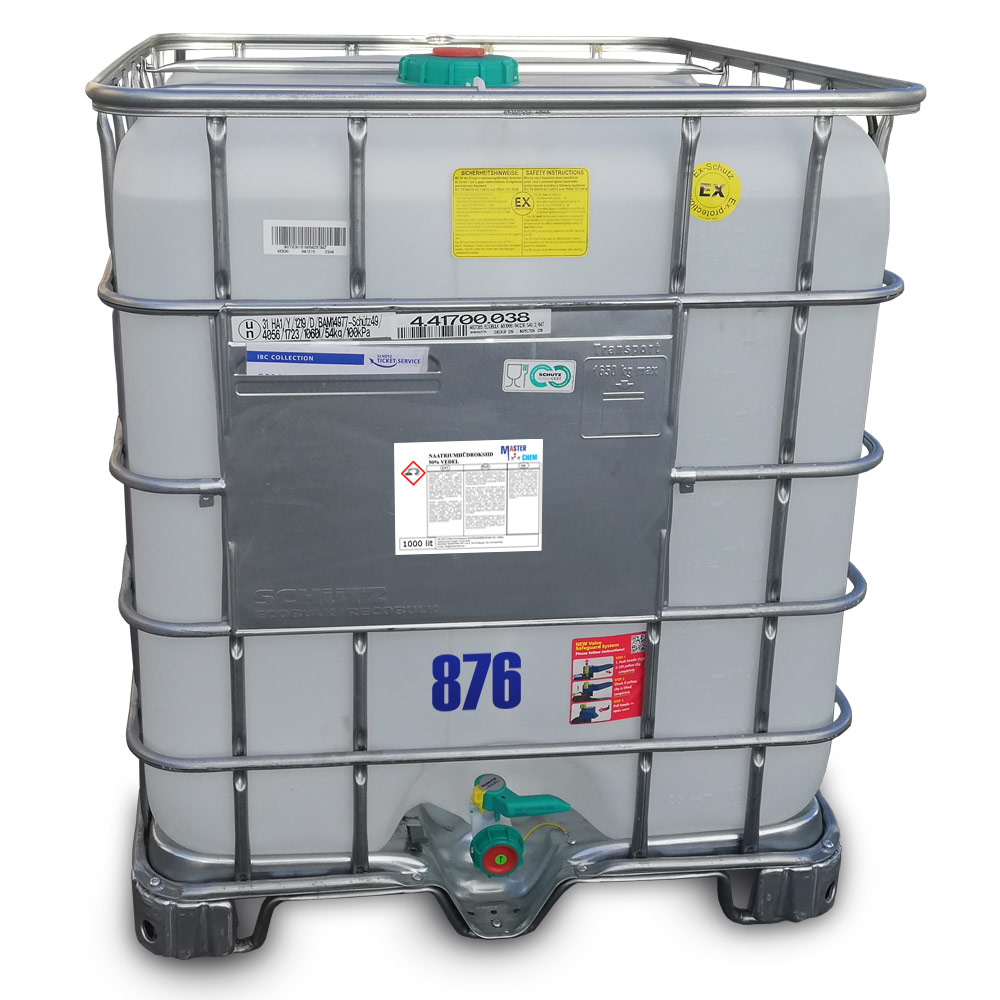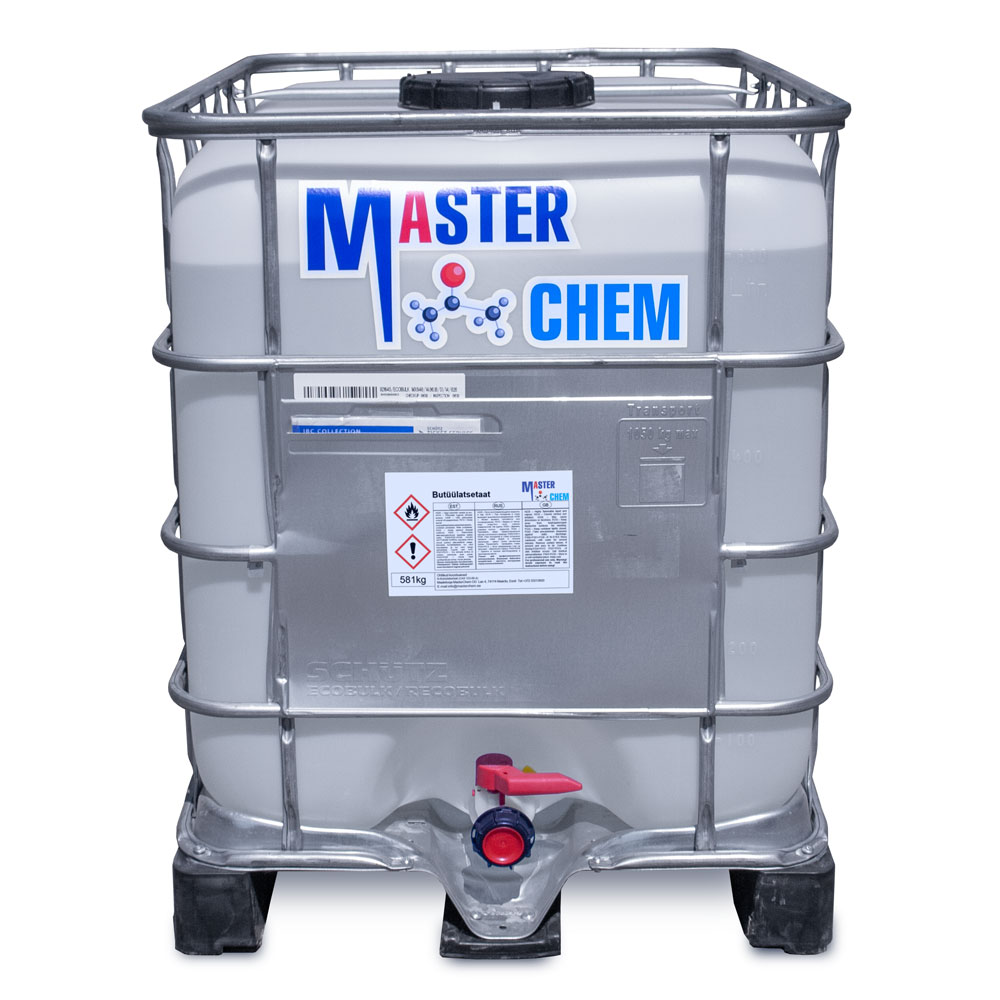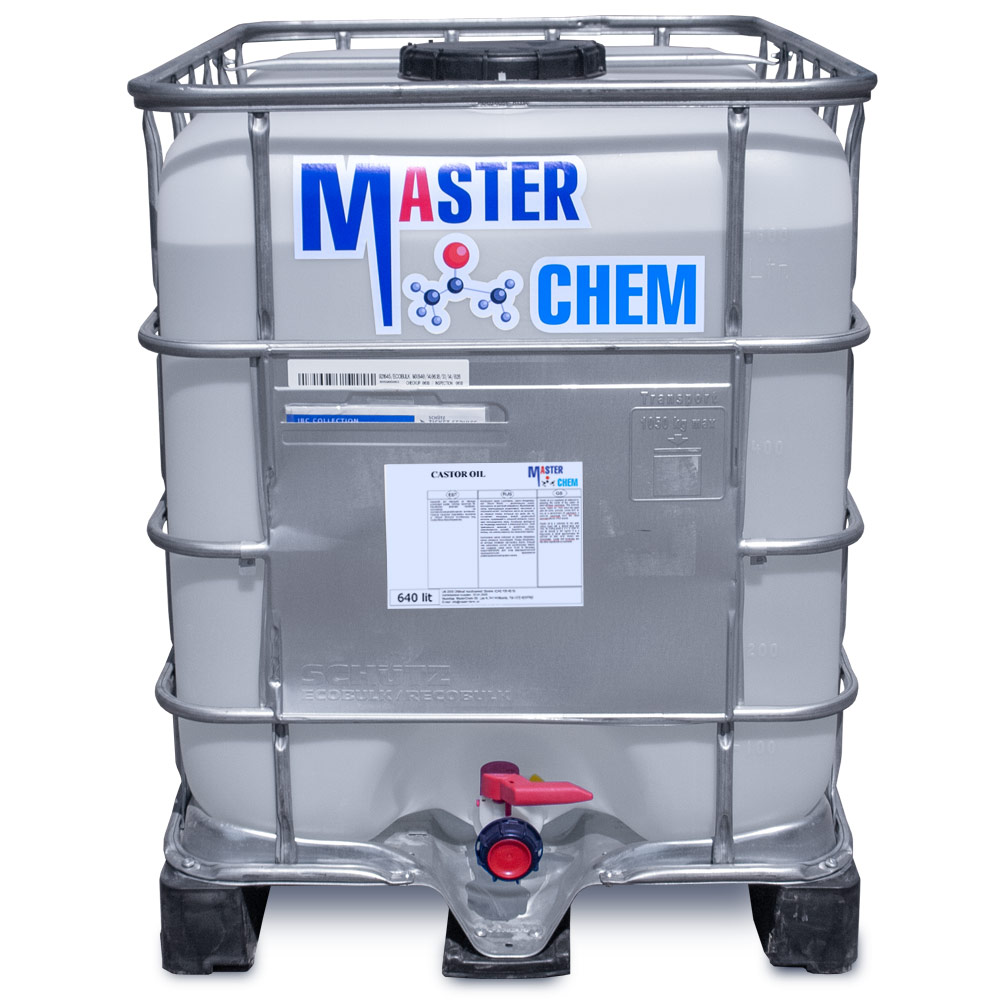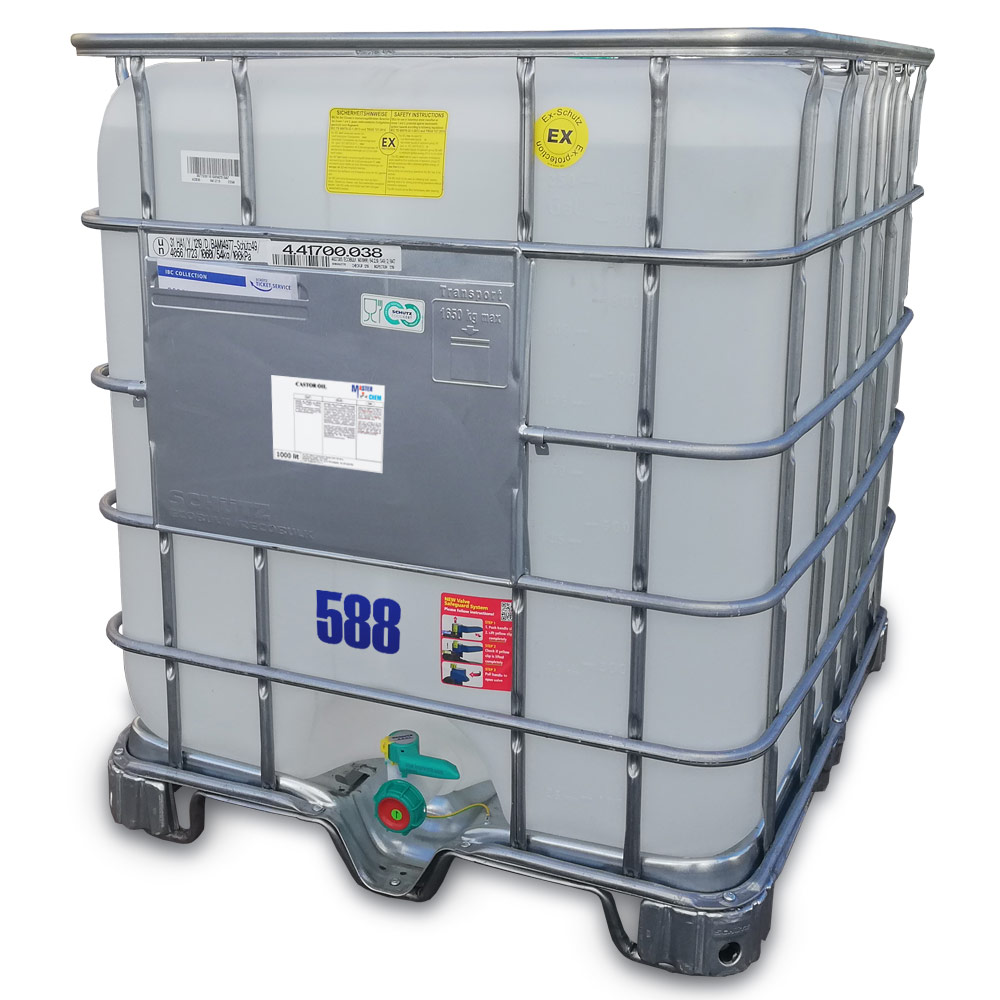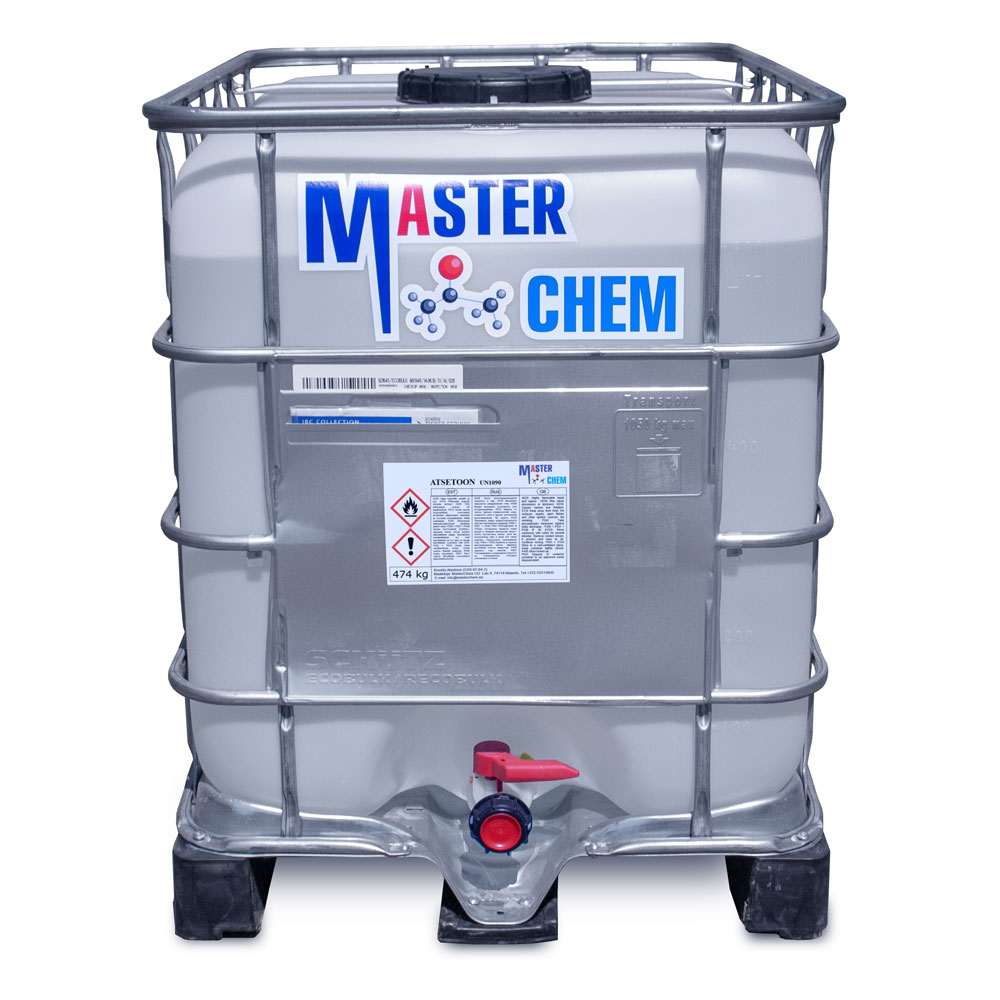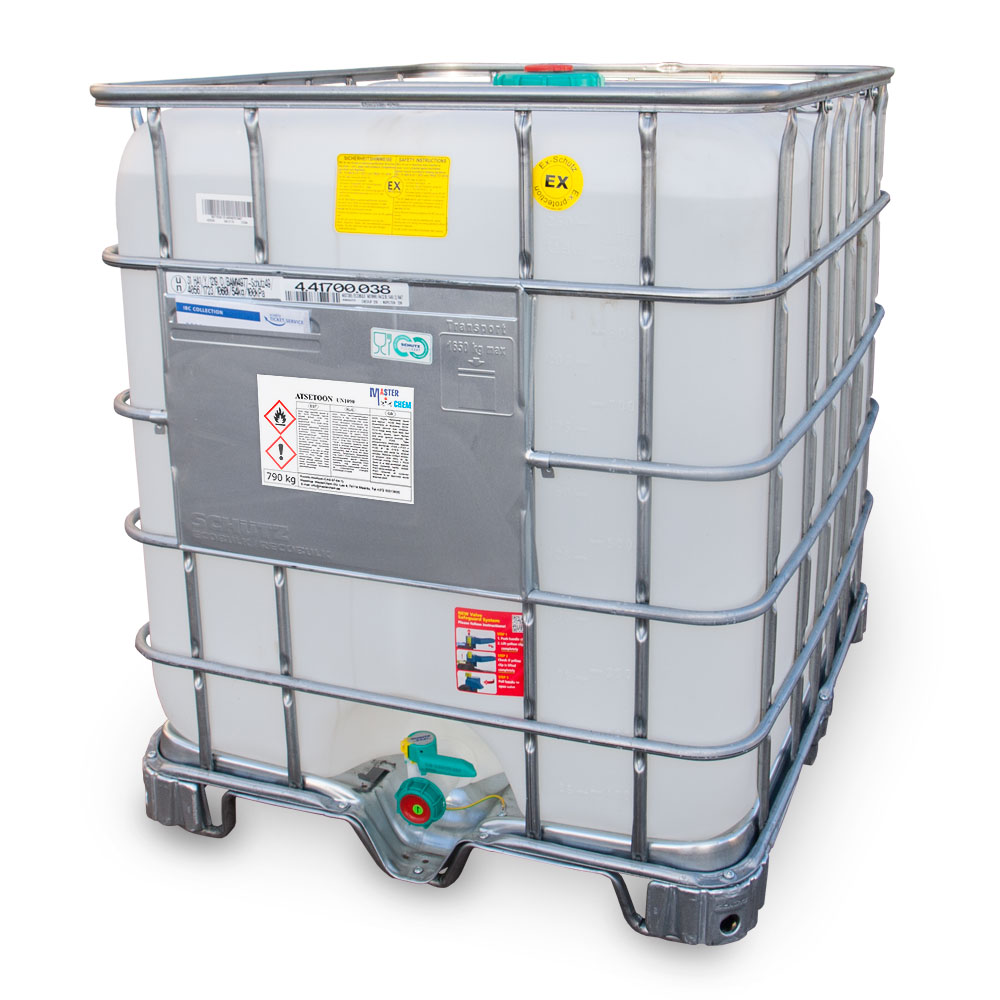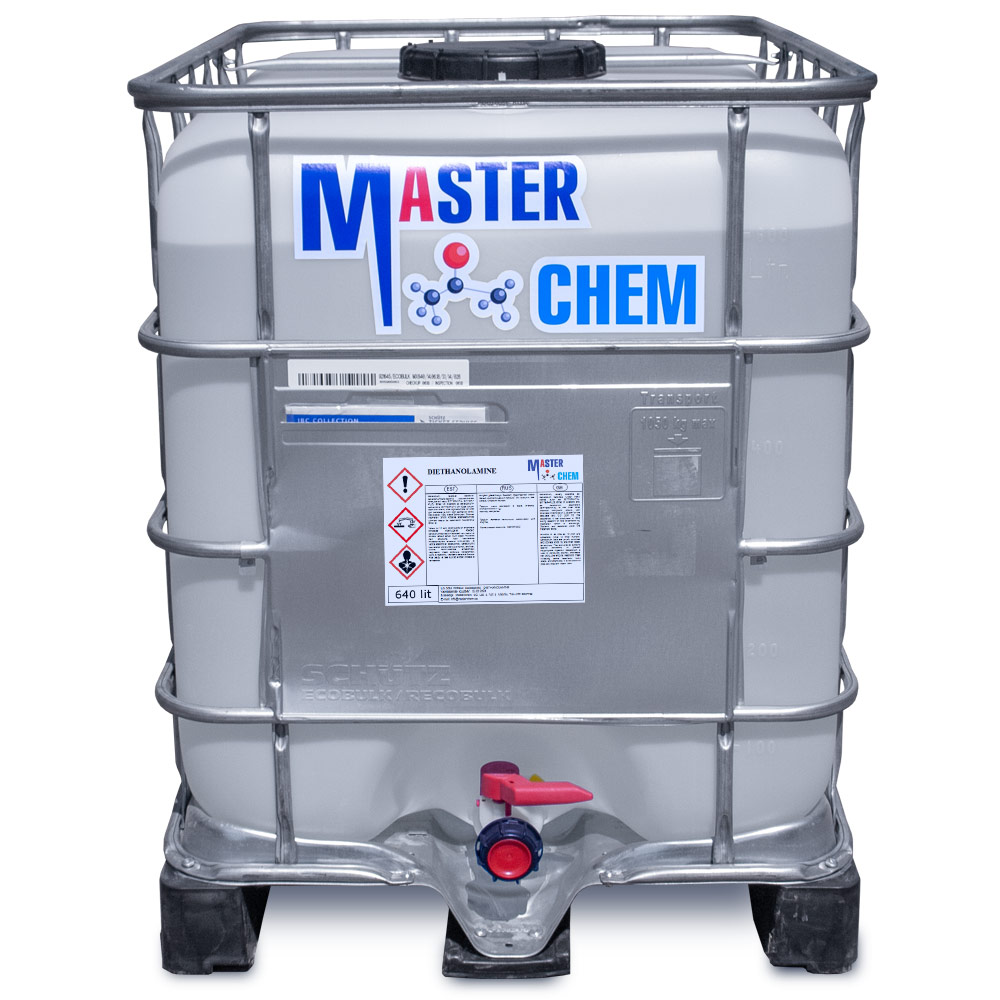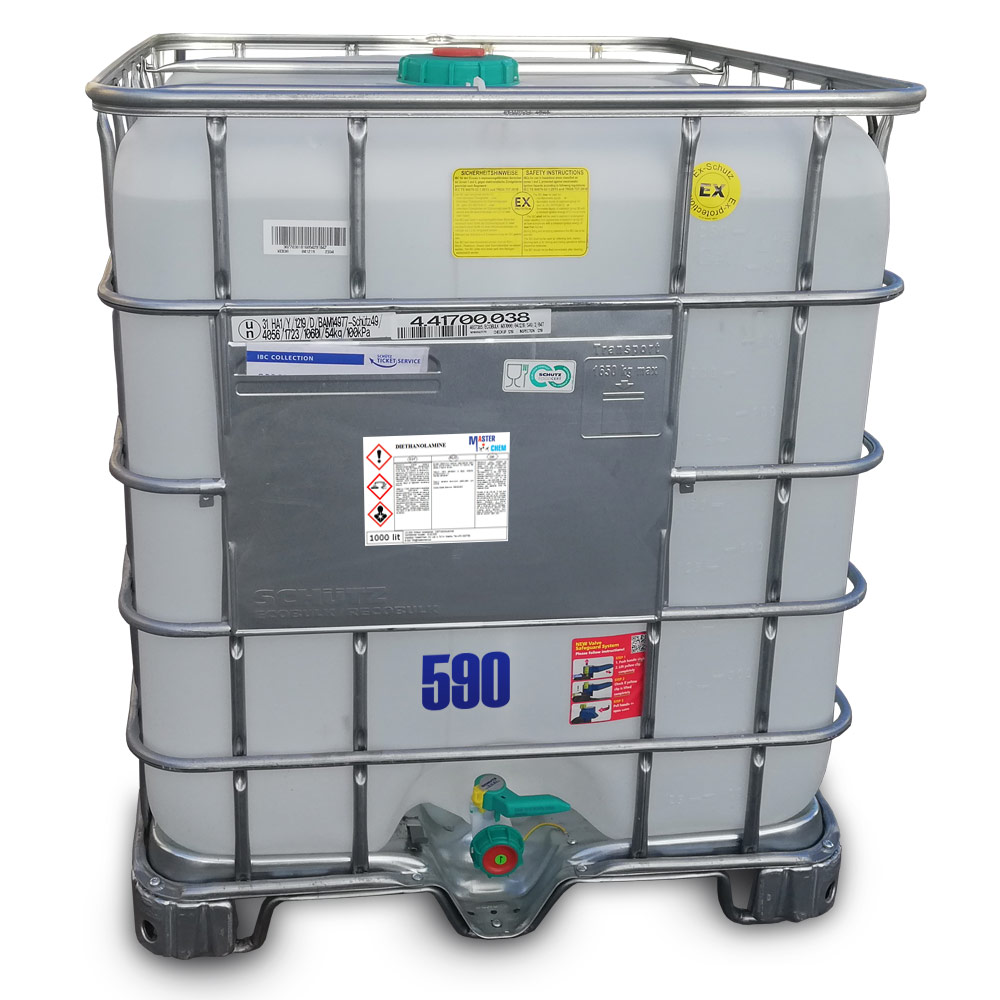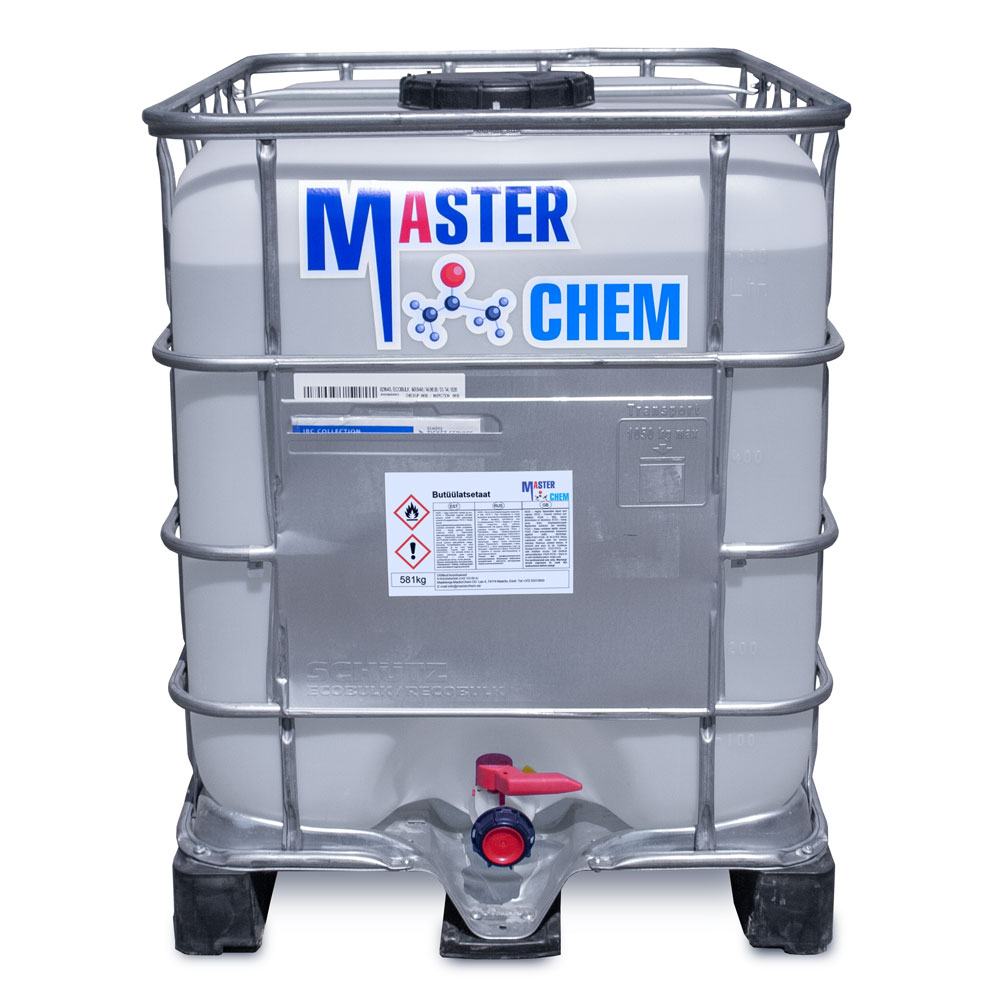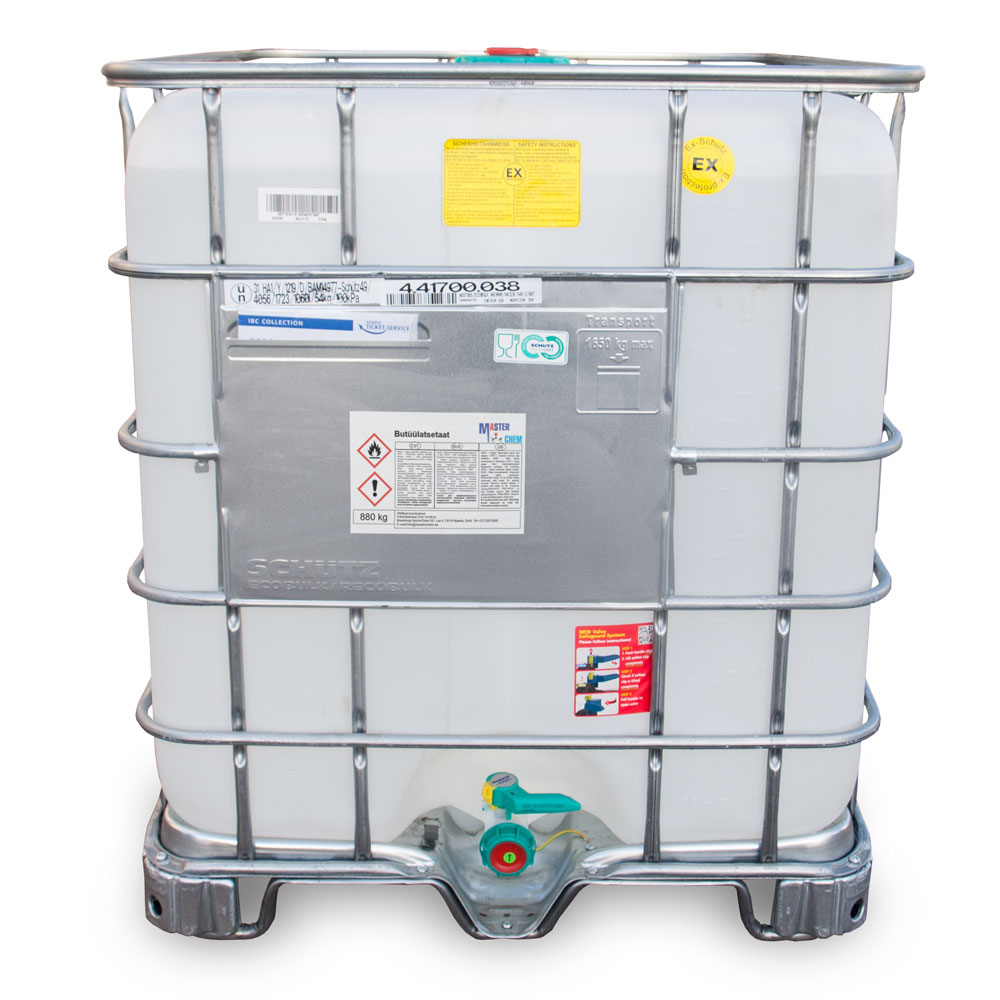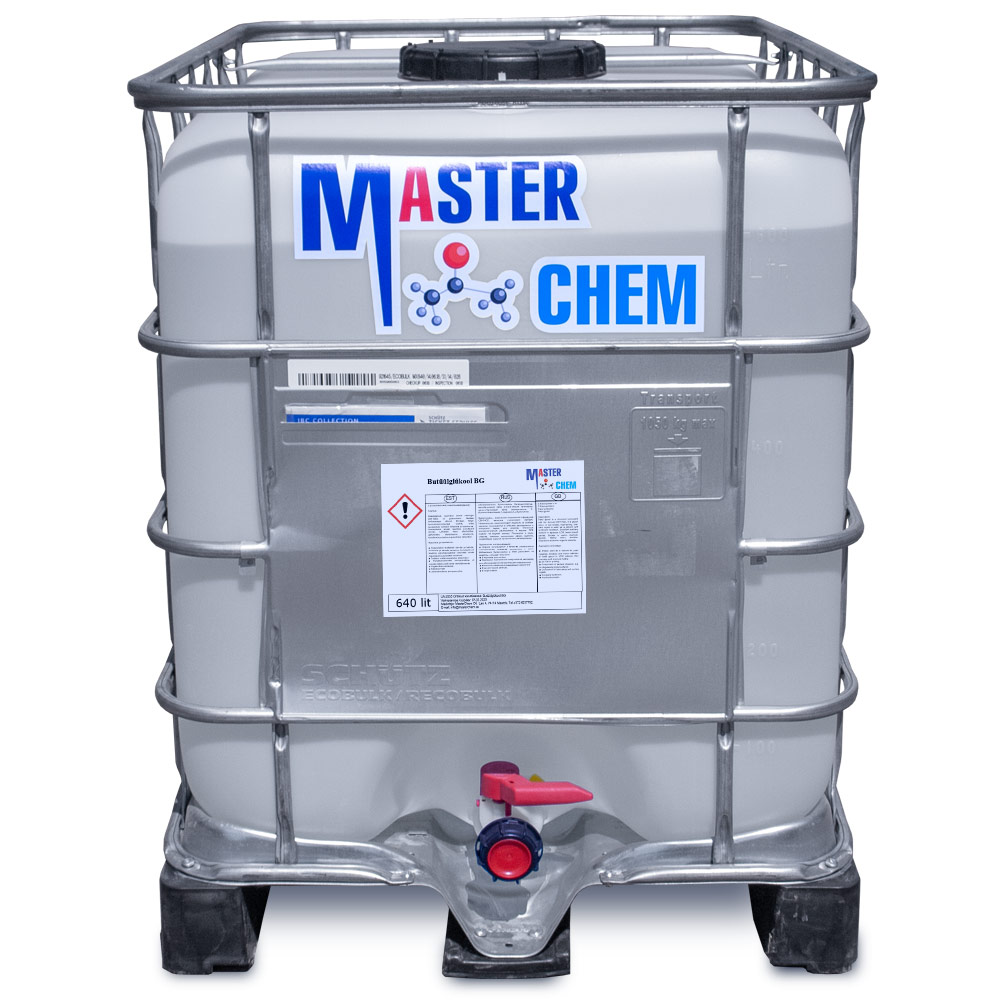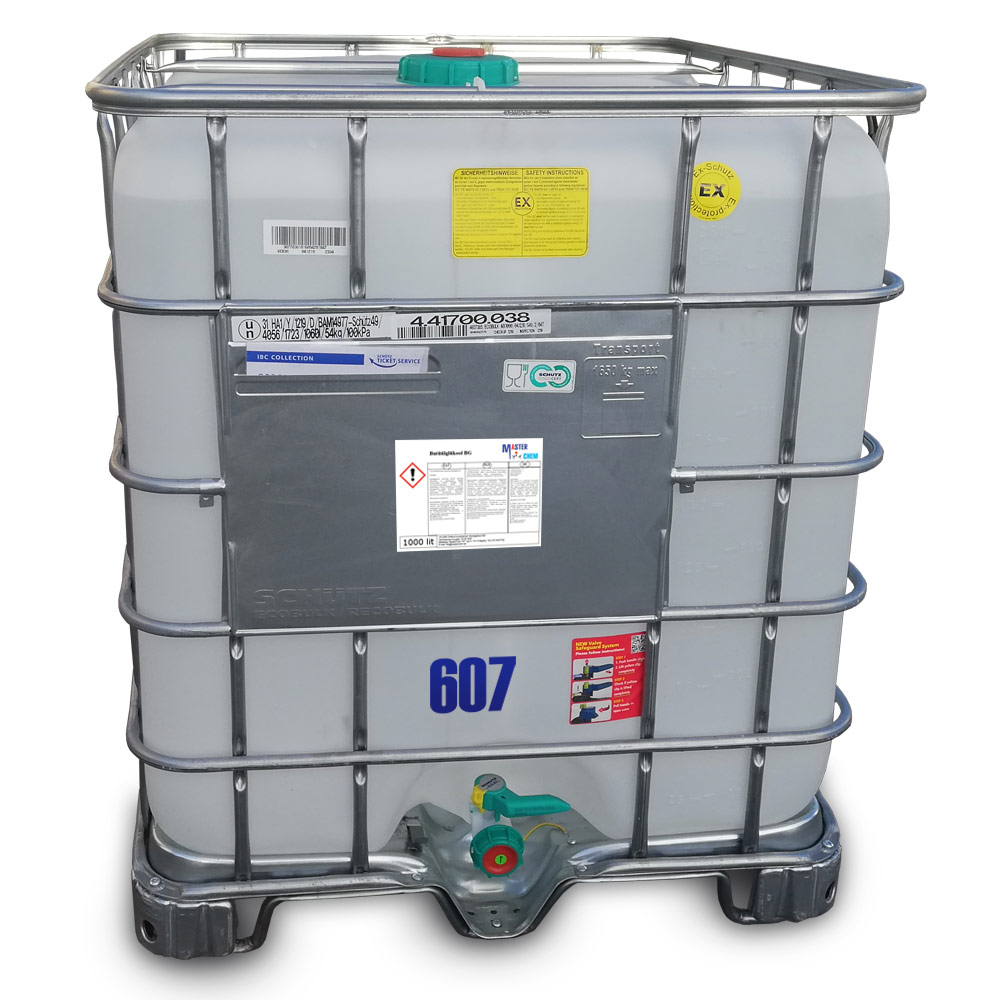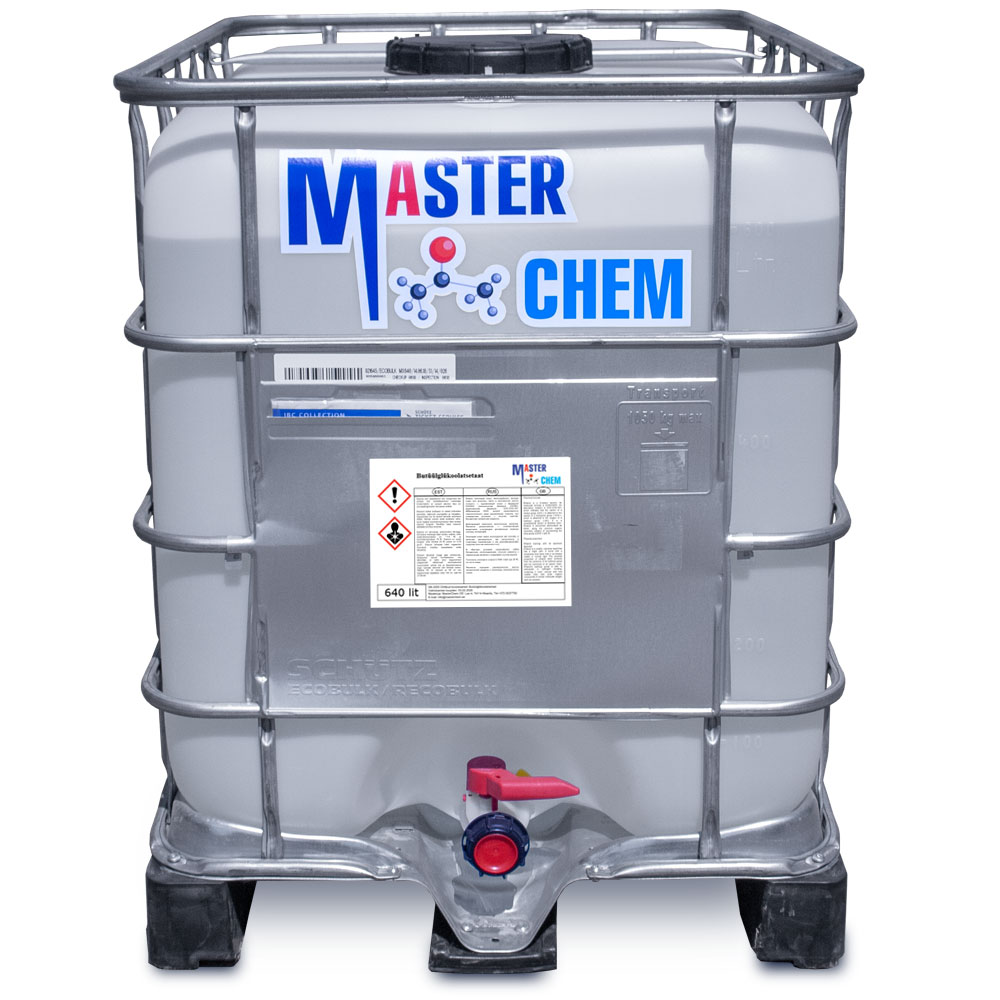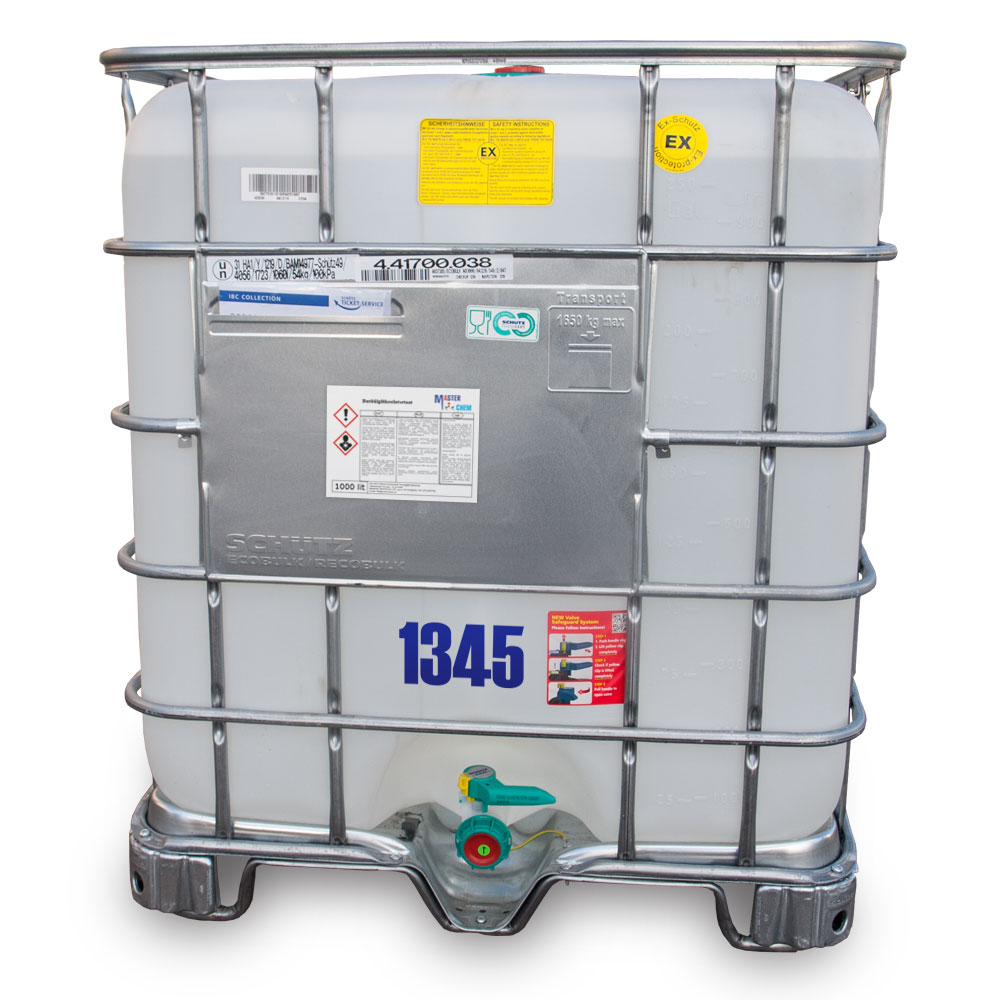Currently Empty: €0.00
2-Propanol (CAS 67-63-0)
Other names: Isopropyl alcohol, 2-Propanol, Isopropanol[1], Rubbing alcohol, sec-Propyl alcohol, s-Propanol, iPrOH, i-PrOH, Dimethyl carbinol, IPA
Isopropyl alcohol (IUPAC name propan-2-ol; commonly called isopropanol) is a compound with the chemical formulaC3H8O. It is a colorless, flammable chemical compound with a strong odor. As an isopropyl group linked to a hydroxylgroup, it is the simplest example of a secondary alcohol, where the alcohol carbon atom is attached to two other carbon atoms. It is a structural isomer of 1-propanol. It is manufactured for a wide variety of industrial and household uses, and is a common ingredient in chemicals such as antiseptics, disinfectants and detergents.
€0.00
Product Description
Isopropyl alcohol, synonymous with 2-propanol, sec-propyl alcohol, IPA, isopropanol, or rubbing alcohol is miscible in water, ethanol, ether, and chloroform. It will dissolve ethyl cellulose, polyvinyl butyral, many oils, alkaloids, gums and natural resins. Unlike ethanol or methanol, isopropyl alcohol is not miscible with salt solutions and can be separated from aqueous solutions by adding a salt such as sodium chloride. The process is colloquially called salting out, and causes concentrated isopropyl alcohol to separate into a distinct layer.[8]
Isopropyl alcohol forms an azeotrope with water, which gives a boiling point of 80.37 °C (176.67 °F) and a composition of 87.7 wt% (91 vol%) isopropyl alcohol. Water-isopropyl alcohol mixtures have depressed melting points. It has a slightly bitter taste, and is not safe to drink.
Isopropyl alcohol becomes increasingly viscous with decreasing temperature and will freeze at −89 °C (−128 °F).
Isopropyl alcohol has a maximum absorbance at 205 nm in an ultraviolet-visible spectrum.
| Weight | N/A |
|---|

